Continuing our conversation about Aging in Place strategies….
KITCHEN CABINETS
Cabinets can be particularly frustrating when aging in place is a priority. Replace lower cabinet doors with large, deep drawers. This helps a person easily get what they need without reaching in and trying to pull things out from the back of the shelf.
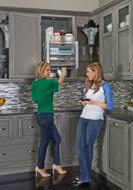
Rev a shelf makes some really innovative solutions; such as, pull down shelves that can be installed in the uppers. This also keeps them off a step stool, which can be dangerous. We built a custom home for an Italian couple where the woman was 4′ 10″ and she rolled out homemade pasta every day. They wanted the kitchen island very low to make this easy for her. She also had had hip replacements, so we did all the cabinets with roll out drawers and pull down shelves so she didn’t have to bend down. The small appliances that she used everyday (espresso machine, pasta maker, Kitchenaid mixer) had places on the counter with outlets in the right spots so she could leave them out. When they went to sell, people didn’t like the low island but they lived in the house for over 20 years and the entire family benefited from that low island, so who cares, right? A custom home is all about creating an environment that enhances and facilities your lifestyle, so it was worth it to them to make the kitchen function specifically for her needs. The cost to put in a new island was small compared to the use they got out of it.
BATHROOM CABINETS
Make sure there is knee space in the cabinet area where a person can sit down to get ready. Also, if a person is much shorter or taller than the average, their vanity can be made to a specific height to minimize stooping or counters that are too high.
APPLIANCES
Appliances can pose a danger to the elderly if they are not well thought out. The controls need to be easy to read and the appliances should be located where one can see, open and put things in and out safely.
Induction cooking can be a great choice for aging in place: So, gas cooking has been all the rage with the professional chefs and foodies who love to cook but there’s a new game in town (actually not new but recently embraced) and it is very safe for young and old! Induction is the cooking method of choice for many high profile chefs these days. What makes it so safe is that it heats the cooking vessel by magnetic induction but the cook top does not get hot. So, when the pan or skillet is removed from the top, there is no heat and that makes it a safe option. Also, gas can sometimes be left on when people start getting forgetful but with induction, once the pan is removed, there is no conduction of heat. Frigidaire explains induction cooking.
Also, many appliances can now be connected to an app on ones phone, voice activated, controlled from a distance, etc., etc. While it may not be easy for all people to learn a new way of operating appliances, it can be a great thing for family members to be able to check and make sure things are turned off, etc., from a distance.
DOORWAYS & HALLWAYS:
Doorways and hallways are very important for those who aging in place is important. If they can’t navigate with a wheelchair or walker, it is very difficult to stay at home. Also, the areas around the toilets, sinks, laundry, etc. need to receive consideration. Areas should allow for walkers and/or wheelchairs to have plenty of access. 5′ x 5′ turn around spaces are needed in areas such as kitchens, in front of bathroom sinks, toilets. etc. . Use 36″ min. interior doors to allow for 32″ of clearance.
ELECTRICAL
By age 75, a person needs lighting that is twice as bright as younger people. Lighting is a very important issue. Here are just a few tips on lighting that we implement in our homes.
- Lighting systems where single buttons turn on specific “scenes” can be very helpful. Such as; a “hello” button by the door so that when one arrives home that turns on specific lights with one touch.
- Automatic lighting where a light comes on automatically when a door is opened, such as closets and pantries. Kevin puts these in as a standard thing in our clients’ pantries so that if their arms are full of groceries, etc., they won’t have to fumble for the light switch.
- Night lighting can be installed to shine dimly at night near the floor or come on when motion is detected.
- High tech security systems for video monitoring of home and the front door are extremely important. Also, family members can check in on them remotely.
- Replacing incandescent bulbs with LED so that bulbs are not constantly needing replacement.
DOORKNOBS & FAUCETS
Instead of handles that twist, which are difficult for people with arthritis to navigate, choose levers.
FLOORING
Flooring material is very important, as as one ages, ones skeletal structure becomes more sensitive and often there are issues with ones feet. For optimal aging in place, the flooring should be non-slip and softer materials; such as wood floors, should be used. Also, it’s important to have some contrast where there are steps or stairs. We sometimes do this on the rise- even a subtle change alerts one to a change in the terrain. A friend of mine just told me that she fell at a home where there were curved steps that were the same color as the surrounding flooring. She didn’t notice them and walked right into them. I am a rug lover but they should be minimized and any carpeting should be a low pile.
I hope that you found this article about aging in place helpful! These are just a few strategies but feel free to ask me about specific needs that you might have. Also, I would love to know your thoughts and ideas on this subject.
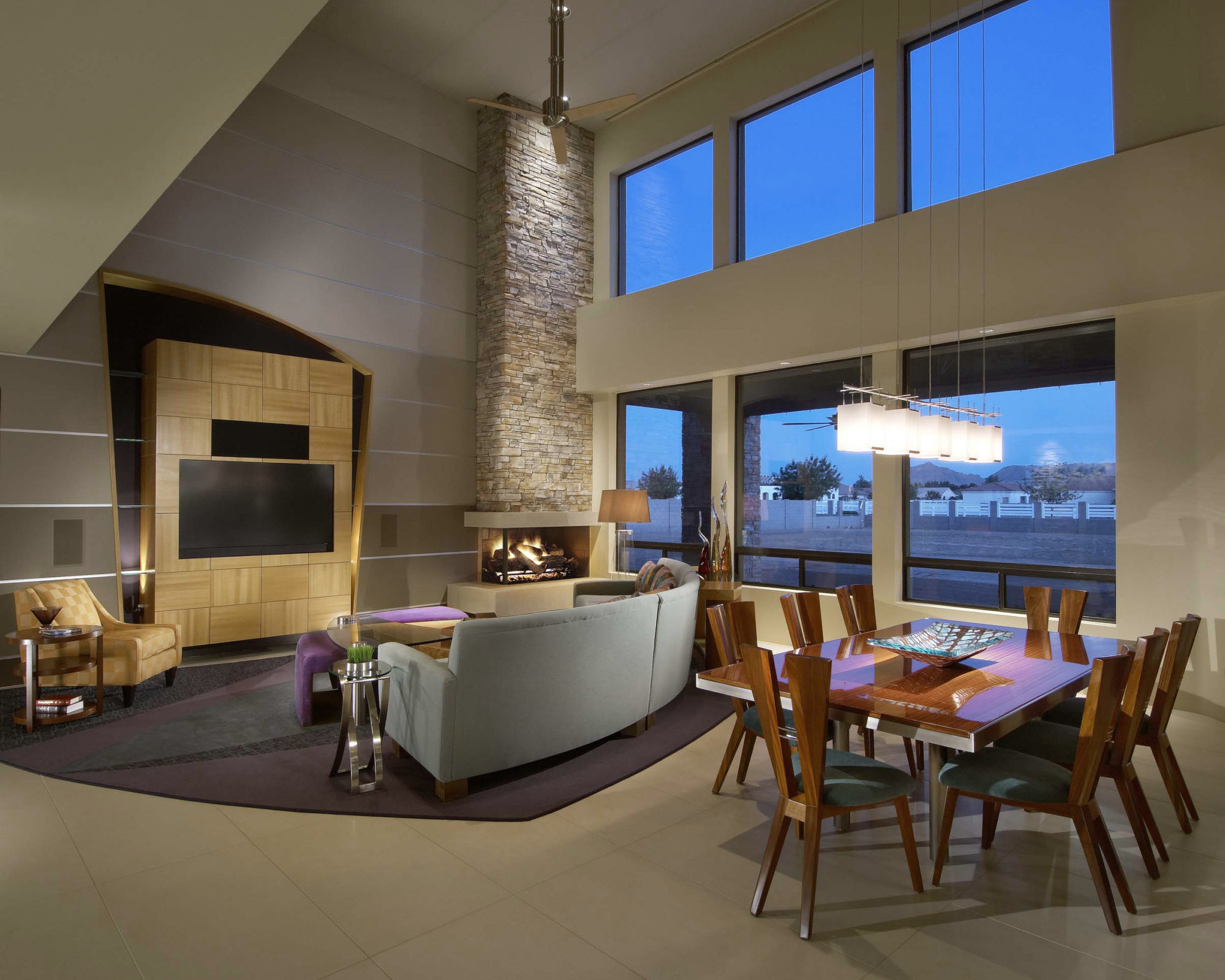

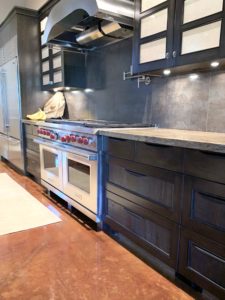
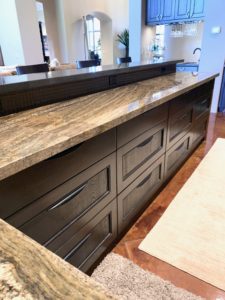
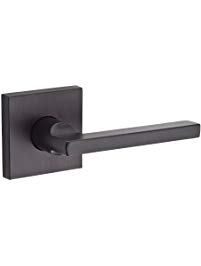
Great ideas!
This is very important information , many things that I had not considered, thank you for being very specific.
Very informative and some great ideas:)) thank you
Excellent advice !
Great ideas to consider for the aging individual! This comes up all the time for me, as to how a client could remodel an existing home to meet their needs or the needs of their aging parents, etc. Thank you!